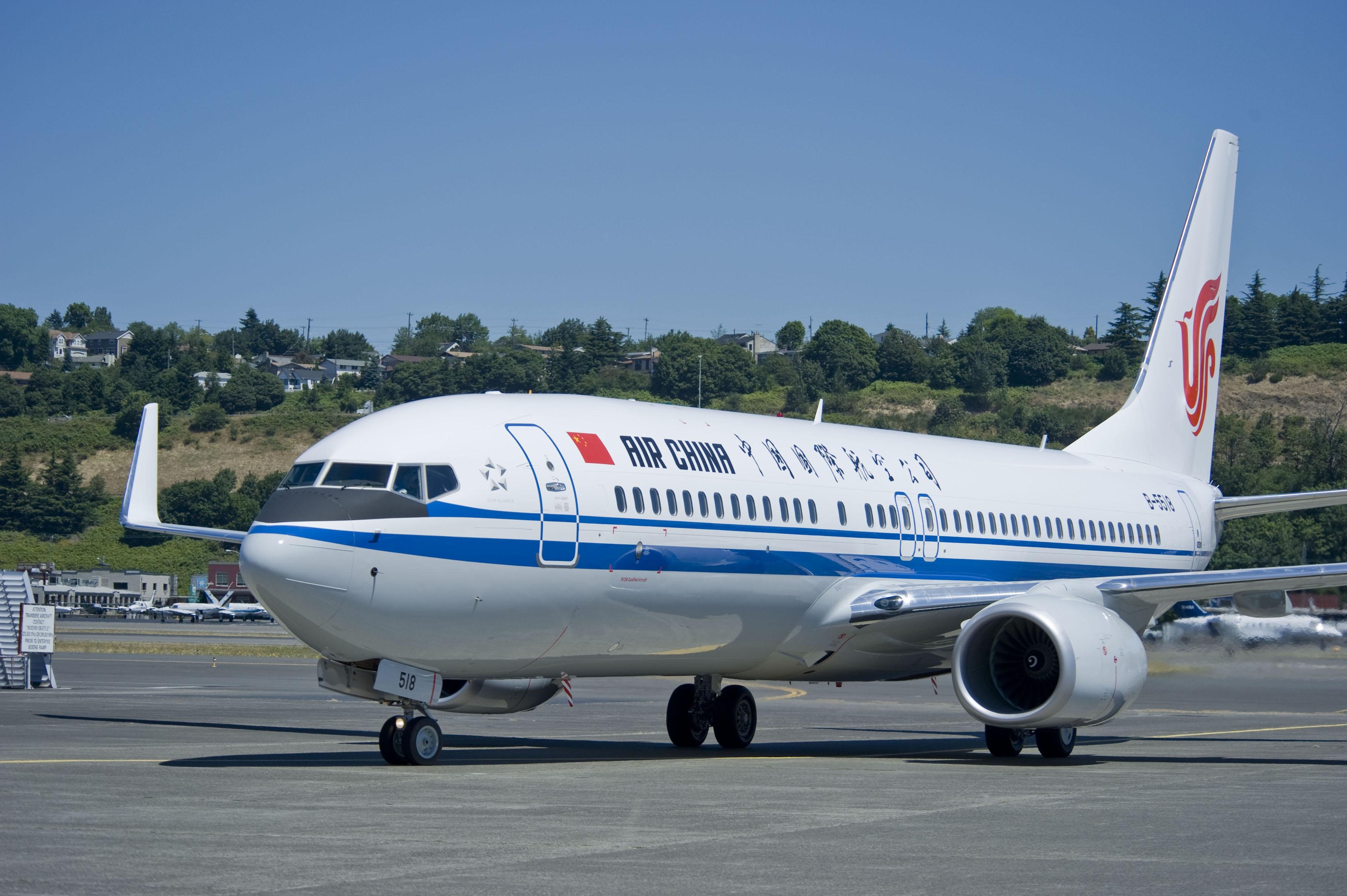
Safran executives are expressing cautious optimism that any decline in commercial aftermarket demand linked to COVID-19 will be short-lived but acknowledge that it could be sharp.
The company, a 50-50 joint-venture partner with GE Aviation in CFM International and supplier of other systems including nacelles and landing gear, has not seen any signs of a dip linked to reduced flying by airlines. Its supply chain also remains largely unaffected.
While capacity reductions are continuing in many regions as reports of confirmed COVID-19 cases spread, capacity in China—the country most affected by the virus—appears to be rebounding.
“[Chinese airlines] were at 80% of cancellations a couple of weeks ago. Last week, we were only at 68%,” Safran CEO Philippe Petitcolin said on the company’s Feb. 27 fourth-quarter 2019 earnings call. “So they are recovering.”
Safran is projecting a high-single-digit growth for 2020 in its lucrative civil engine aftermarket business, led by CFM56 shop overhauls. The assumption calculates that most of the COVID-19 flight disruptions will be limited to the first quarter, with China recovering by April.
“We think that by the end of March, they should be back not maybe at 100%, but they would be at the level where we will not see any more impact in our businesses,” Petitcolin said.
Outside of China’s cutbacks, most flight reductions have come on long-haul routes, which affect mostly widebody aircraft. CFM supplies narrowbody engines, which has helped insulate Safran. However, if COVID-19 significantly disrupts major, mature markets, notably Europe or the U.S., which have heavy narrowbody traffic domestically and regionally, that could change.
“We think that based on the data we have today, it is the best assumption we could take,” Petitcolin said.
If a fall-off does materialize, Safran expects it to follow a similar pattern as the 2003 SARS crisis, when demand dropped off quickly, but then bounced back once aircraft utilization rebounded.
“We looked at what happened on the SARS in 2003, and we saw it was a kind of V shape,” Petitcolin said. “It started to decrease very fast and came back as fast as it started to decrease.”
SARS affected global transport, but—similar to COVID-19 so far—hit Asia-Pacific the hardest. Airlines in the region saw revenue passenger kilometers (RPKs) fall 35% within three months and recover to pre-downturn levels within nine months. The dip meant the region’s carriers saw full-year 2003 RPKs fall 5.1%, IATA figures show.
Safran saw its 2019 civil aftermarket revenues climb 10%. Its 2020 high-single-digit projection includes a 3-5% increase in CFM56 shop-visit volume, which numbered around 2,000 in 2019.
Petitcolin noted that Safran saw fewer than expected CFM56-7Bs, which power the Boeing 737 Next Generation (NGs) fleet, in for service last year—a trend he attributed to the MAX grounding.
“The airlines which have 737NGs [and] are waiting for some MAXs have been trying to keep their NGs flying as much as they could,” Petitcolin said. “I am quite optimistic for 2020. I hope that the 7Bs we didn’t see in 2019 will come in 2020.”
Safran’s propulsion business generated €12.04 billion ($13.5 billion) in 2019 revenue, representing nearly half of the company’s total sales. Services revenue, including civil and military work, made up 57% of the propulsion unit’s sales.
On the original-equipment side, Petitcolin said that COVID-19 is having minimal effect on Safran’s supply chain.
“If I look at my supply chain in China, for example, we have between 40% and 100% of the workforce in our suppliers’ plants. In our own plant, between 74% and 95% of people were present,” he said
Safran lowered its LEAP production outlook for 2020 because of the ongoing MAX crisis. It now expects CFM to deliver 1,400, down from a projected 2,000. The consortium delivered 1,736 LEAPs last year.
The MAX, grounded globally since March 2019, is expected to be cleared to return to service around mid-year, according to Boeing’s current projections. MAX production, halted in January, is supposed to re-start once Boeing has confidence that regulators will approve the MAX to fly again, and ramp up slowly. Boeing was producing 52 CFM LEAP-1B-powered MAXs per month when the model was grounded. The manufacturer has not said what monthly rates will be once MAX production resumes.
CFM56 production is expected to be 100-200 engines, comprised of spares and power plants for the Boeing P-8 maritime surveillance aircraft. CFM delivered 391 CFM56s in 2019—the final year of 737NG production for commercial customers.





